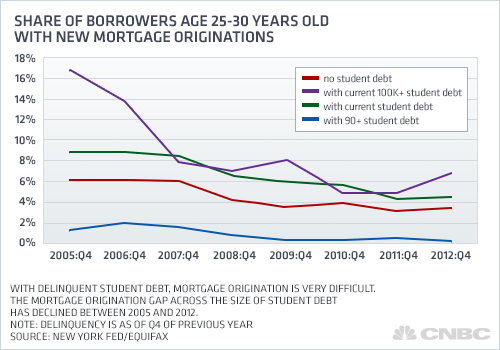NEW YORK | Tue May 7, 2013 8:02am EDT
(Reuters) – Home prices rose in March, marking the biggest annual increase in seven years, in the latest sign of strength for the recovering housing market, a report from CoreLogic showed on Tuesday.
CoreLogic’s (CLGX.N) home price index jumped 1.9 percent from the previous month and accelerated by 10.5 percent compared to March last year.
That was the biggest year-over-year increase since March 2006, CoreLogic said.
Prices were even stronger excluding distressed sales, rising 2.4 percent from February and 10.7 percent from the year before. Distressed sales include homes that are in danger of foreclosure and properties that have already been seized by lenders.
Home prices have been rising since last year, helped by investor demand and tighter inventory. The top five states with the biggest gains in prices were Nevada, California, Arizona, Idaho and Oregon.
Prices likely continued to rise in April, CoreLogic said, though at a slower pace. Prices are seen rising 1.3 percent for the month and 9.6 percent on an annual basis.
(Reporting by Leah Schnurr; Editing by Richard Chang)








© 2013 The Peral Group